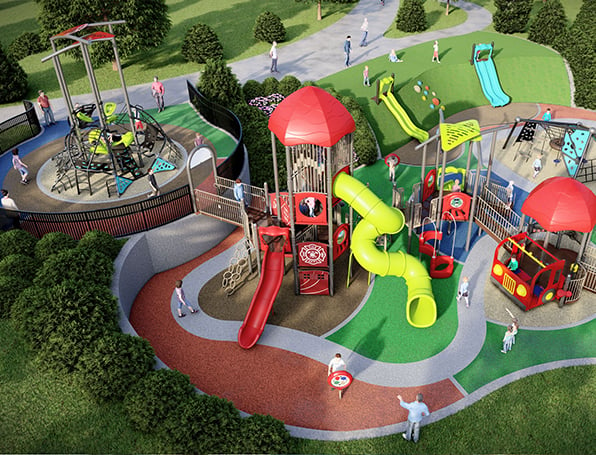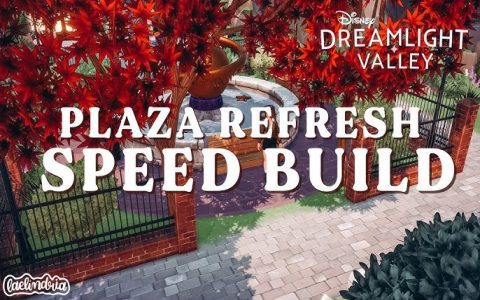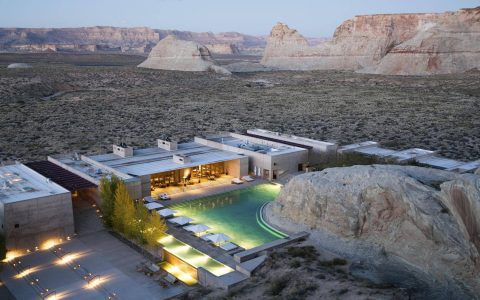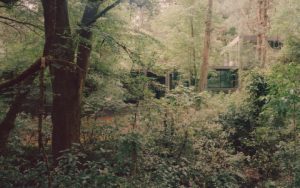"Weird" park design hinges on unexpected elements disrupting traditional expectations, creating playful, intriguing, or thought-provoking spaces. For beginners, follow these steps:
Step 1: Define Your "Weird" Concept
Identify the core theme: Is it surrealism (melting benches?), absurdity (a forest of oversized crochet flowers?), interactive illusion (perspective tricks?), thematic fusion (medieval castle playground?), or bio-design with strange hybrids? Keep it accessible.
Step 2: Context & Constraints
- Location & Audience: Consider the surrounding neighborhood's vibe. Is "weird" welcome? Who will use the space (kids, teens, adults)? Ensure appropriateness.
- Budget & Scale: Start small! Focus on one impactful feature or a small area. Repurposing existing items is budget-friendly.
Step 3: Brainstorming Weird Elements
- Juxtaposition: Place unexpected objects in typical settings (a chandelier hung from an old tree).
- Scale Play: Giant everyday objects (huge teacup planters) or miniature landscapes.
- Interactive Oddities: Kinetic sculptures activated by users, sound tunnels with surprising acoustics, textured paths with unusual materials.
- Nature Manipulation: Pruned trees into impossible shapes, brightly painted logs, gravel in unnatural colours.
- Illusion & Perception: Mirror mazes, optical illusion paths, forced-perspective installations.
Step 4: Core Function First
Prioritize usability: No matter how strange, the park must function. Ensure:

- Circulation: Clear, safe paths connecting areas and features.
- Seating & Rest: Include quirky benches or shaded areas, even if unconventional.
- Safety: Weird can't mean hazardous. Maintain accessibility standards and inspect materials/structures.
Step 5: Design & Refine
- Sketch & Model: Create simple drawings or rough models. Visualize layout and scale relationships.
- Material Selection: Use durable, weatherproof materials. Recycled/reclaimed materials add unique character.
- Colour & Texture: Embrace bold colours or unusual textures to heighten the weirdness.
- Planting: Choose striking foliage (giant grasses, unusually shaped shrubs) to complement the theme.
Step 6: Iterate & Collaborate
Feedback: Share initial concepts with potential users or peers. Does the "weirdness" land?
Partner: Work with local artists, makers, or community groups to bring unique skills and perspectives.
Step 7: Focus on Experience
Storytelling: Does the design tell a quirky story or evoke a specific emotion? Focus on creating memorable moments, not just strange objects. Start small, embrace experimentation, and prioritize user delight within a functional framework.






